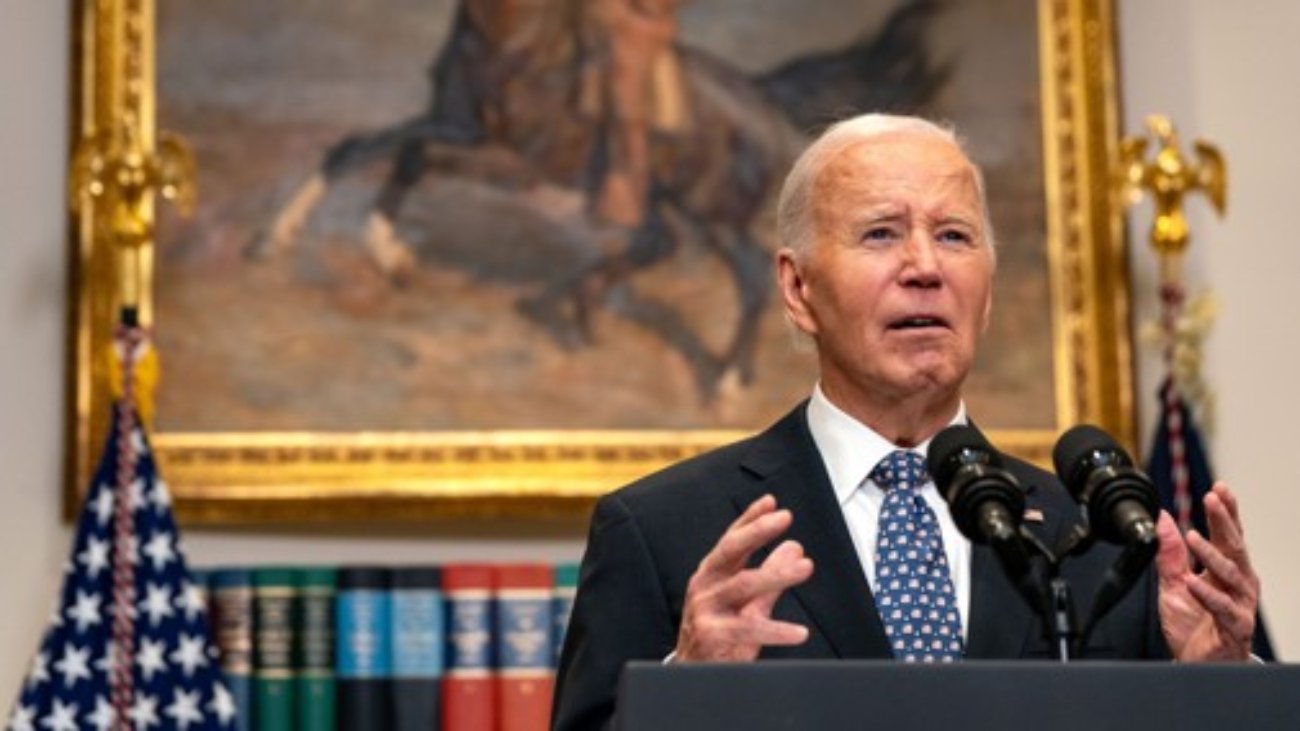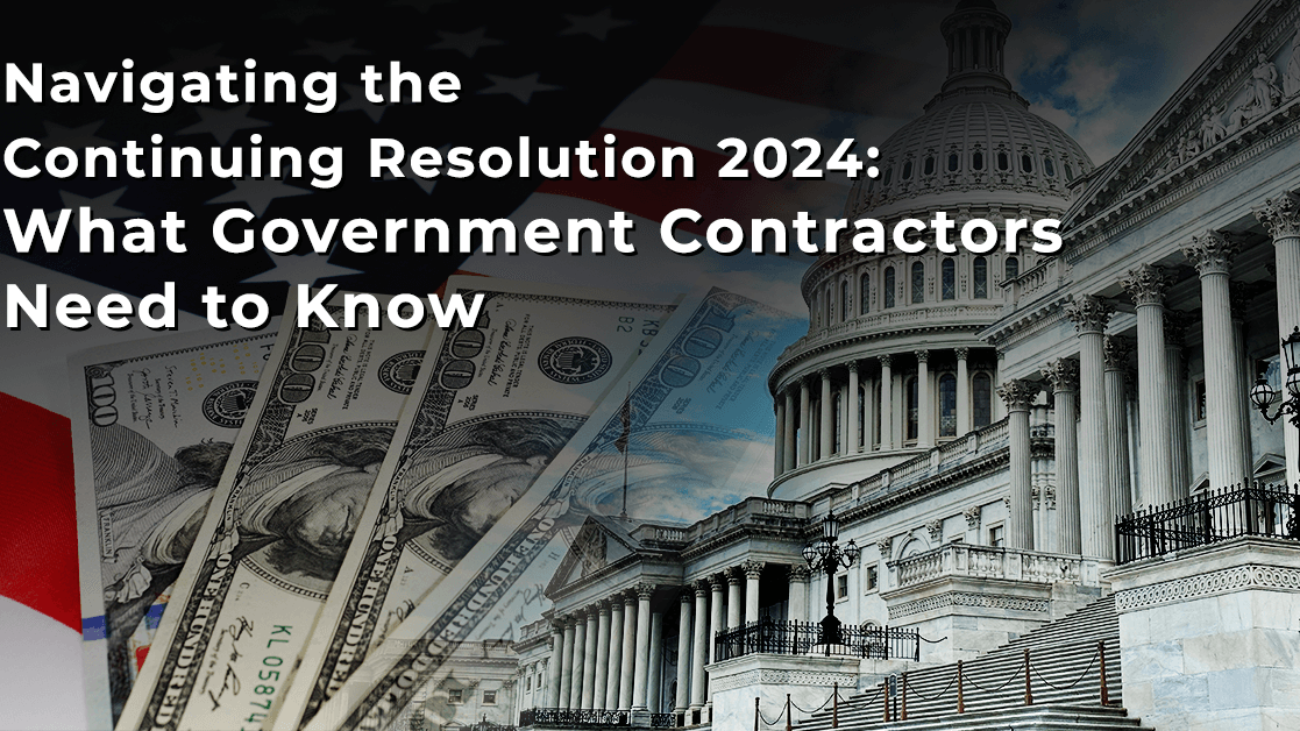The Department of Veterans Affairs has “very high confidence” that it can complete its digital GI Bill platform by mid-2026 without needing to expend further additional funds on the project, a VA official said on Thursday, despite a recent watchdog report finding that the modernization initiative has already been beset by significant cost overruns.
The Veterans Benefits Administration signed a $453 million contract with Accenture Federal Services in March 2021 to develop and implement a modernized IT platform to enhance the processing of veterans’ education-related claims. The agency expected the new platform to be operational by April 2024.
A report released by VA’s Office of Inspector General last month found that “insufficient planning” on the part of VBA “led to significant delays and contributed to about $479 million in additional costs.” The platform’s release has been pushed back to July 2026.
VA officials said during a House Veterans’ Affairs Subcommittee on Economic Opportunity hearing that they believed the digital GI Bill platform deployment was back on track.
“Our confidence level in reaching our goals, according to the current project milestones, is extremely high” VA Deputy Undersecretary for Policy and Oversight Ron Burke said.
When asked to estimate the likelihood that the department would be able to complete the project on time without the need for additional funding, he pegged that figure at 80%Other VA officials accompanying him at the hearing agreed with his estimate.
OIG’s report cited unclear and unrealistic expectations in the initial contract as a major factor in the project’s setbacks, and Burke said the department has taken the necessary steps to remedy these problems. The cost of the original contract increased to $532 million before VBA renegotiated the agreement in December 2023 to account for changes in the platform’s needs.
“VA acknowledges the true complexity of the modernization vision was not apparent at the start of the original contract,” he said, adding that the department “has made the course corrections necessary to meet the modernization objectives.”
Rep. Mike Levin, D-Calif. — the subcommittee’s ranking member — told Burke “I am hopeful that your 80% confidence interval will increase rather than decrease,” although he also warned that “80% isn’t good enough for me.”
Lawmakers and witnesses also said issues with the GI Bill platform’s deployment were part of a pattern of troubled IT modernization projects across the department. VA’s rollout of a modernized electronic health record system, for instance, has been similarly bogged down by delays and cost overruns. The department has paused implementations of the new EHR system to prioritize technical fixes at the VA medical facilities using the software.
Nicholas Dahl, deputy assistant inspector general for management and administration with VA’s OIG, said “the identified contract planning and management deficiencies are similar to those identified in other VA IT modernization projects.”
Rep. Derrick Van Orden, R-Wis. — the subcommittee’s chairman — warned that VA is “batting zero for IT projects” and pressed Dahl as to whether or not he believed VA could complete the digital GI Bill platform by its new July 2026 deadline.
“VA does have a track record of difficulty in implementing major IT systems,” Dahl said. “They almost, without fail, take longer.”











